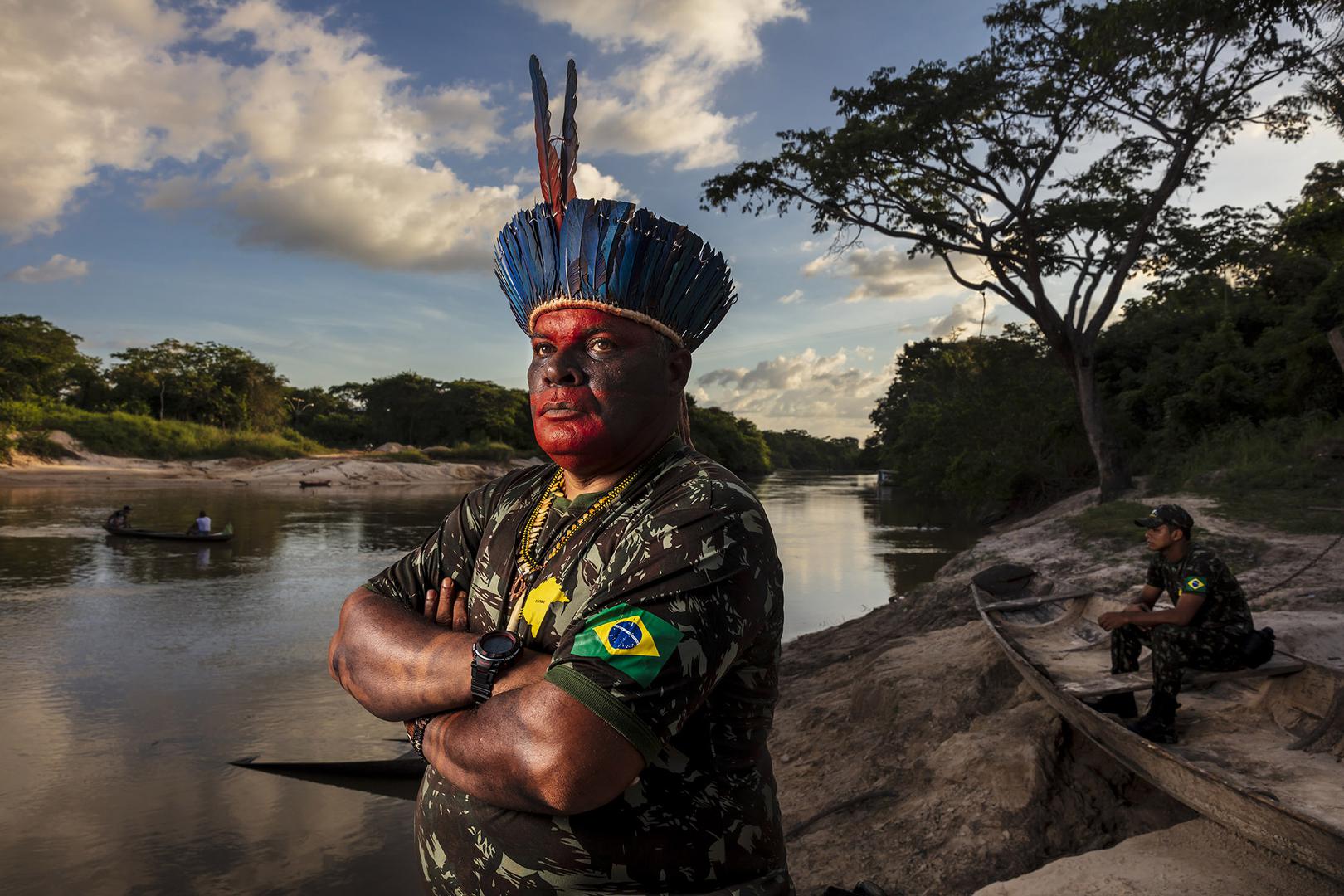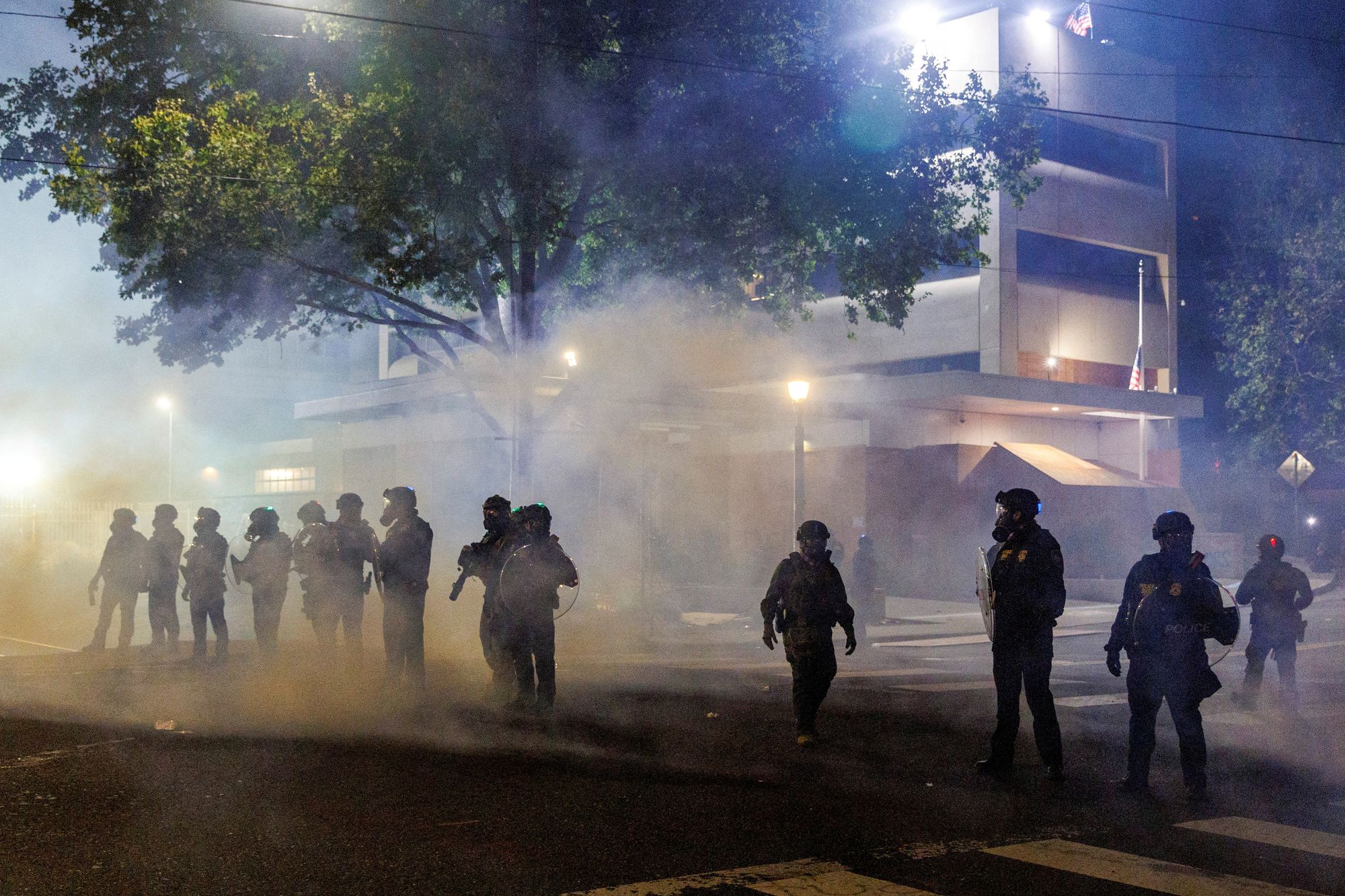Global tensions have intensified in recent years, with major geopolitical power struggles, economic uncertainty, emerging alliances, and technological competition reshaping the international system. The United States, China, Russia, and the European Union are exerting varying forms of influence, from economic sanctions to military strategies. Issues such as the war in Ukraine, US-China trade rivalries, the climate crisis, and shifting energy markets present unique challenges and opportunities for Latin America. Regional governments, businesses, and civil societies have responded by recalibrating foreign policies, seeking economic diversification, and rethinking security strategies.
Latin America’s Diplomatic Responses
Historically, Latin America has upheld a tradition of independent diplomacy, reflected in the “principle of non-intervention” included in the policies of various nations. In reality, this has resulted in diverse approaches to global conflicts.
Active Multilateralism: Many countries in Latin America leverage multilateral platforms, such as the United Nations, the Organization of American States (OAS), and the Community of Latin American and Caribbean States (CELAC), to promote collective responses. For instance, during the Ukraine conflict, positions varied: while Brazil and Mexico favored a more neutral stance and called for ceasefire and diplomacy in UN General Assembly resolutions, others like Costa Rica and Colombia strongly condemned Russia’s actions, emphasizing adherence to international law. These divergent stances reflect the region’s diversity but also demonstrate a preference for peaceful resolution and dialogue.
Strategic Pragmatism: Facing pressure from both Western and Eastern blocs, Latin American political leaders often adopt pragmatic approaches. Brazil, under President Luiz Inácio Lula da Silva, exemplifies this with a dual-track foreign policy: nurturing longstanding ties with the US and Europe while revitalizing the BRICS partnership and seeking new trade arrangements with China and India. Mexico, despite being a manufacturing hub strongly linked to the USMCA economic bloc, also explores greater engagement with Asia and Europe to avoid overdependence on any one partner.
Economic Adjustment and Broadening
Global tensions have exposed weaknesses associated with dependence on certain markets and export goods. Latin America, known for its agricultural, energy, and mineral resources, has reacted by adopting economic diversification strategies and forming selective alliances.
Supply Chain Adaptation: The global supply chain disruptions triggered by the COVID-19 pandemic and exacerbated by geopolitical rivalries have led many Latin American nations to position themselves as alternative suppliers for critical minerals, agricultural products, and manufacturing services. For example, Chile and Argentina, among the leading producers of lithium (essential for electric vehicle batteries), are pursuing new investment deals with China, Canada, and the European Union. They are also negotiating terms that favor technology transfers and local value-added, aiming to move beyond simple commodity exports.
Trade Bloc Dynamics: Economic blocs like Mercosur and the Pacific Alliance have sought to strengthen intra-regional ties and negotiate new trade agreements. Mercosur has accelerated talks with the European Union, while members of the Pacific Alliance (Mexico, Chile, Peru, Colombia) are pursuing agreements with countries in the Asia-Pacific, such as Japan, South Korea, and Singapore. These moves reflect a desire to buffer the effects of US-China economic competition and to gain negotiating leverage in an uncertain global market.
Technology and Safety Aspects
La inseguridad global resultante del crimen organizado, los conflictos tecnológicos y las amenazas cibernéticas exige estrategias adaptativas e integradas por parte de los gobiernos latinoamericanos.
Regional Security Networks: The spread of international criminal groups—many connected to worldwide illegal networks—has resulted in increased collaborative security efforts. Information-sharing projects, like the Lima Group (initially concentrating on the crisis in Venezuela), have grown to tackle drug smuggling, weapons trade, and money laundering. Nations such as Colombia and Brazil have strengthened alliances with American and European organizations, while certain countries participate in emerging cybersecurity collaborations with Asian nations.
Technology Partnerships and Rivalries: The competition between Western and Chinese technology giants (notably in 5G infrastructure and surveillance technology) presents both opportunities and challenges for Latin America. Brazil’s cautious stance on selecting its 5G providers reflected concerns about data privacy, security, and long-term technological dependence. Simultaneously, cities in Ecuador and Bolivia have implemented Chinese-built surveillance systems, balancing cost with concerns over digital sovereignty. These cases underscore the delicate calculus involved in navigating global tech rivalries.
Social and Ecological Consequences
Latin American societies face immediate consequences of global tension, particularly regarding migration patterns, food and energy security, and climate challenges.
Movements of People: Geopolitical upheavals, such as the economic downfall in Venezuela and political changes in Cuba and Nicaragua, have combined with worldwide patterns, leading to increased migration movements throughout the continent. Nations such as Colombia and Peru have addressed this by combining humanitarian assistance with more rigorous border security measures, simultaneously urging for unified international actions.
Climate Diplomacy: Latin America possesses immense biodiversity and is pivotal in global climate negotiations, particularly through stewardship of the Amazon rainforest. The global focus on energy transition has raised the stakes—Brazil, Colombia, and Chile are pushing for green investment and tighter deforestation controls, mindful of pressure from both the US and China for access to strategic resources. The region’s ability to balance economic needs with environmental responsibilities will shape its future influence and security.
Important Examples: Brazil, Mexico, and Chile
Exploring specific countries demonstrates the variety within Latin America’s responses to global challenges:
Brazil: As the region’s economic powerhouse, Brazil’s foreign policy oscillates between autonomy and engagement. It continues to prioritize its relationship with China (its top trading partner), maintain historic ties with the US, and amplify its voice in BRICS summits. Under President Lula, Brazil has championed South-South cooperation, green energy transitions, and mediation initiatives in Ukraine.
Mexico: Anchored by its proximity to the US and integration into North American supply chains, Mexico has also taken advantage of nearshoring opportunities, attracting foreign investment affected by US-China trade tensions. While publicly aligning with some US positions, Mexico also upholds principles of non-intervention and broadens contacts with the European Union and Asia-Pacific.
Chile: Known for its free-market approach and democratic stability, Chile has strengthened its relationships across various parts of the world, notably via bilateral trade deals and investments in renewable energy. As a top producer of lithium, Chile holds a distinctive position to capitalize on the worldwide need for clean technology by implementing specific policy changes to gain benefits and uphold its independence.
The Pathway Forward: Resilience Amid Volatility
The ways in which Latin America reacts to international conflicts showcase a multifaceted blend of diplomatic reasoning, economic adjustments, and practical interactions. The area utilizes its natural resources, youthful population, and strategic location to achieve more independence and wealth. By boosting unity within the region, expanding global alliances, and focusing on lasting growth, Latin America is creating tailored approaches to manage a world in flux. The varied routes taken by its countries highlight both the potential and the limitations present in today’s global situation, emphasizing the region’s ability for resilience, conversation, and creativity amid constant unpredictability.




